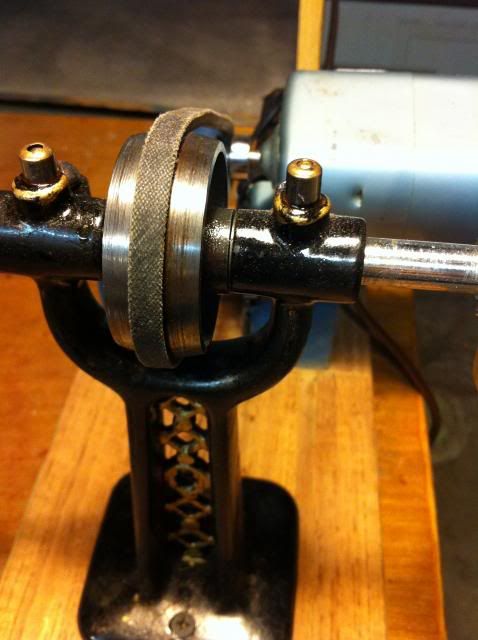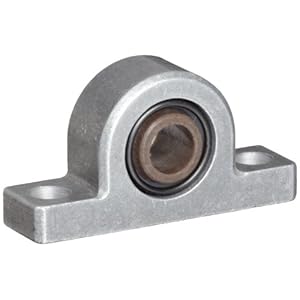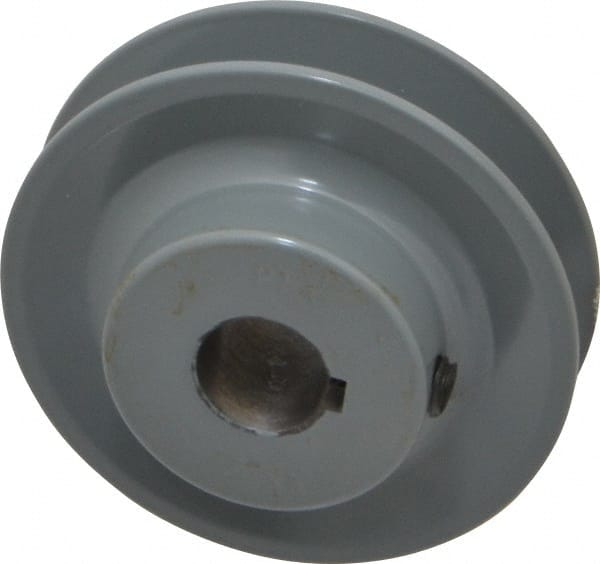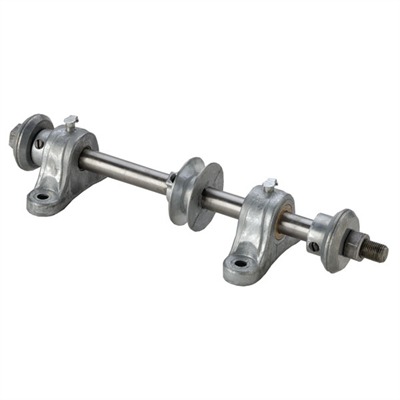What would be the benefit in using a lathe over a bench grinder/polisher with speed control?
I would think you could save a bit of money this way, and maybe even add a face plate to the grinder to resemble the lathe face plate as well..
I would think you could save a bit of money this way, and maybe even add a face plate to the grinder to resemble the lathe face plate as well..











Comment